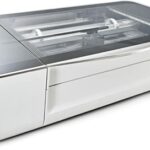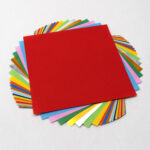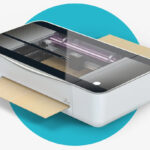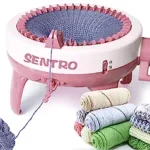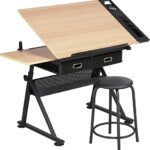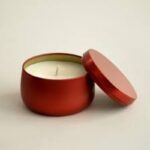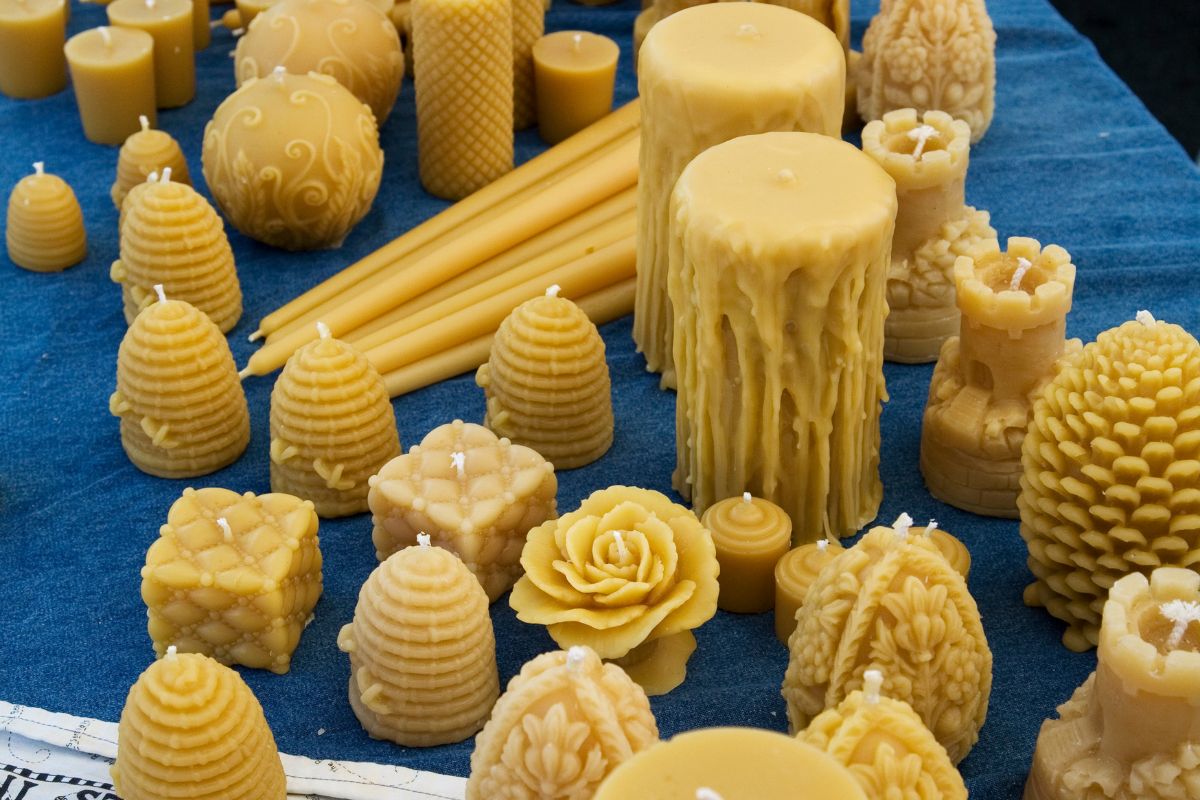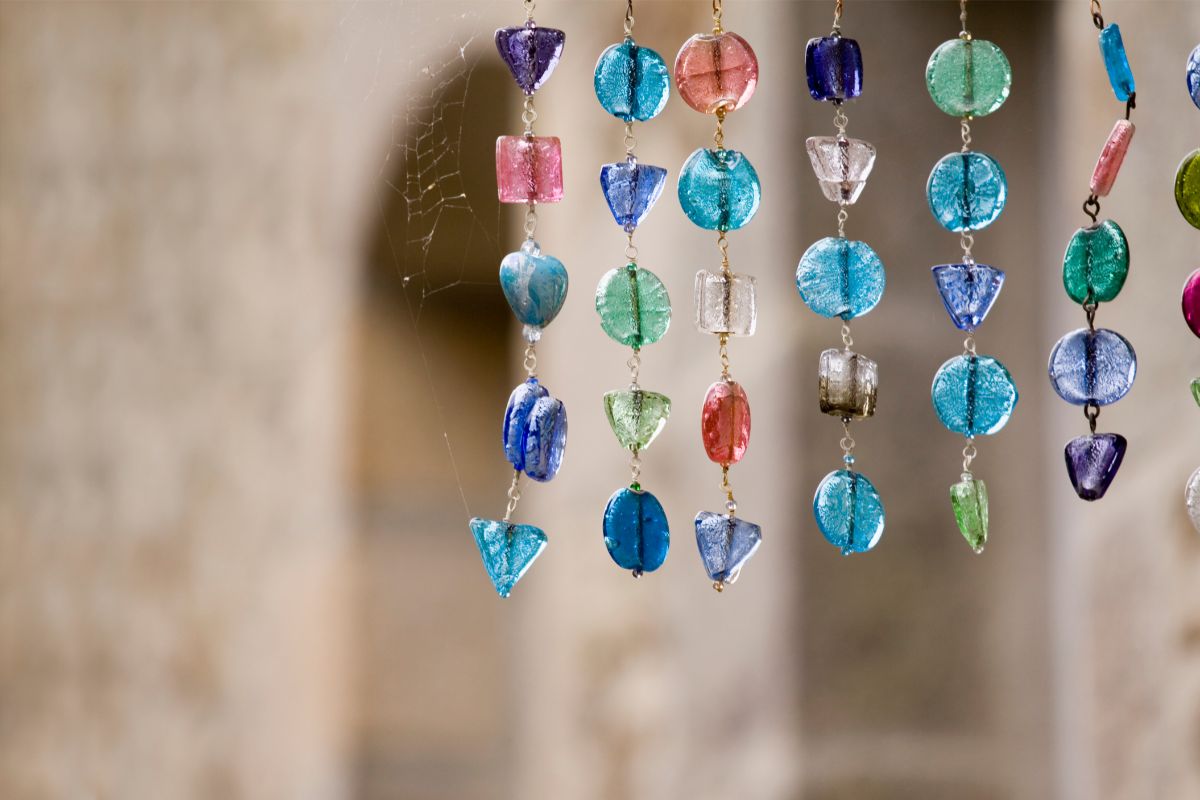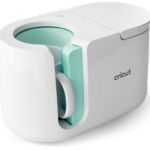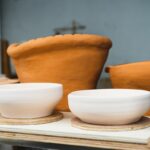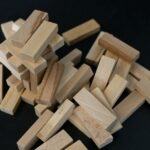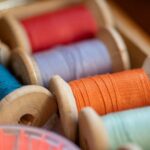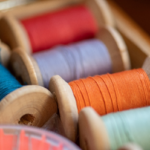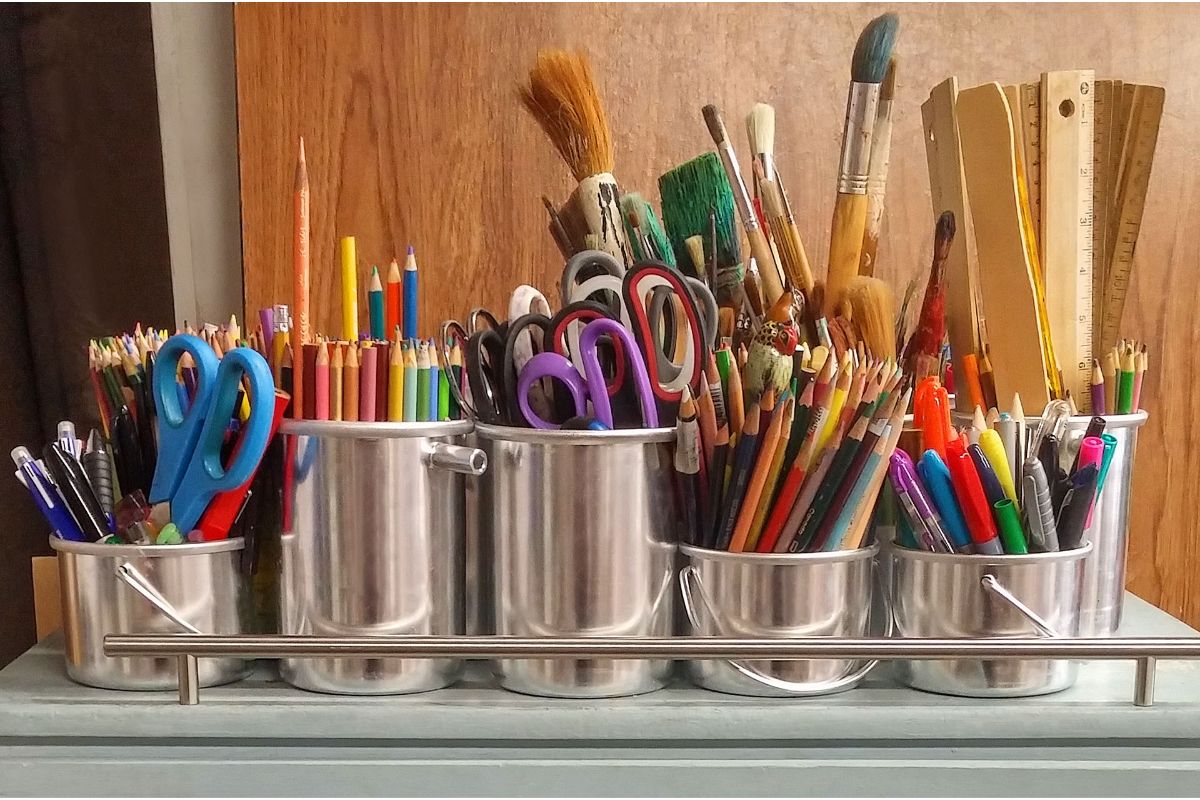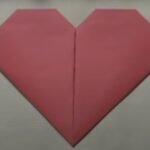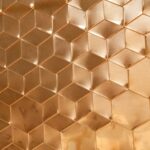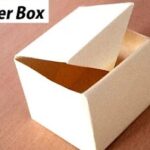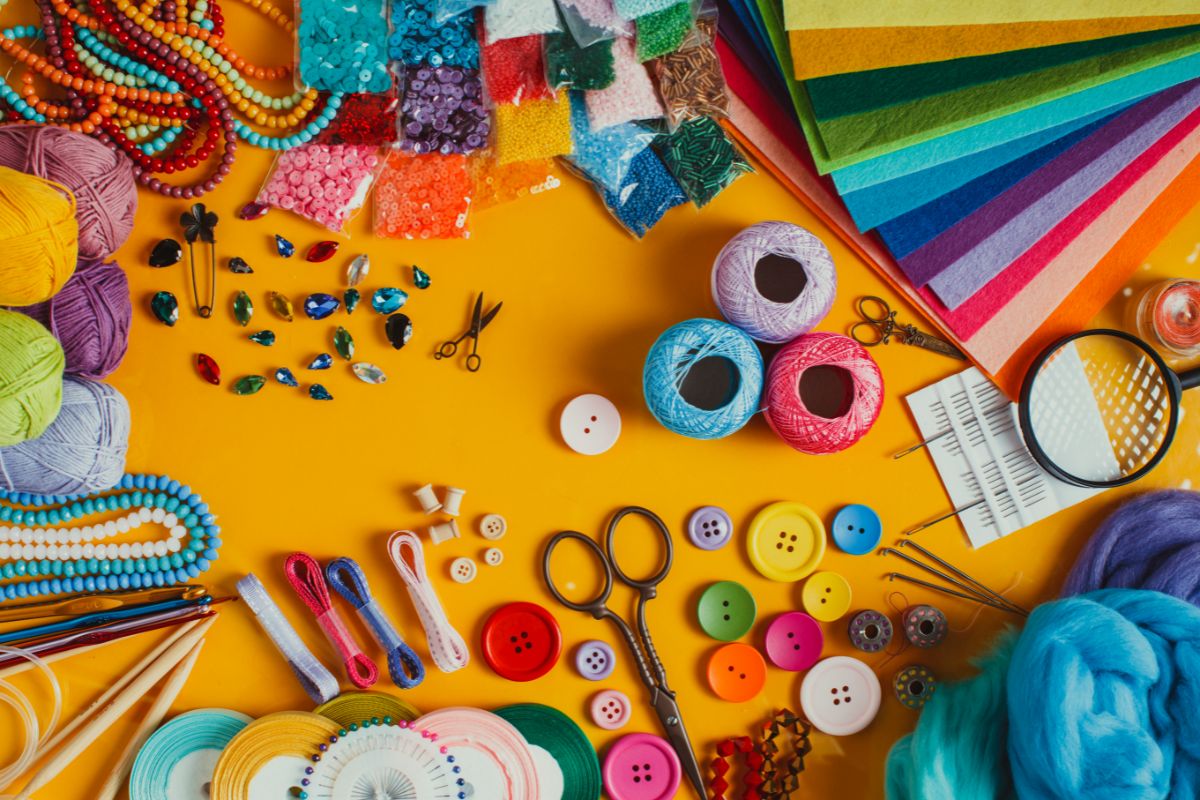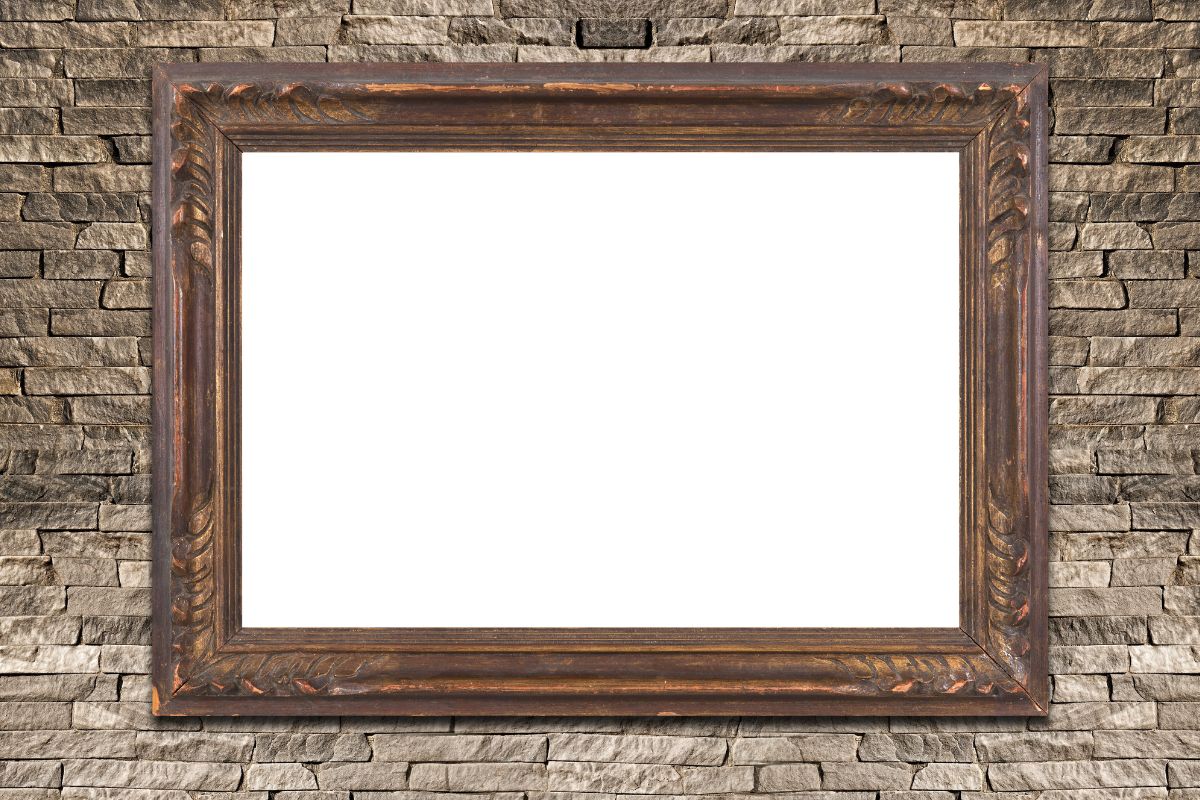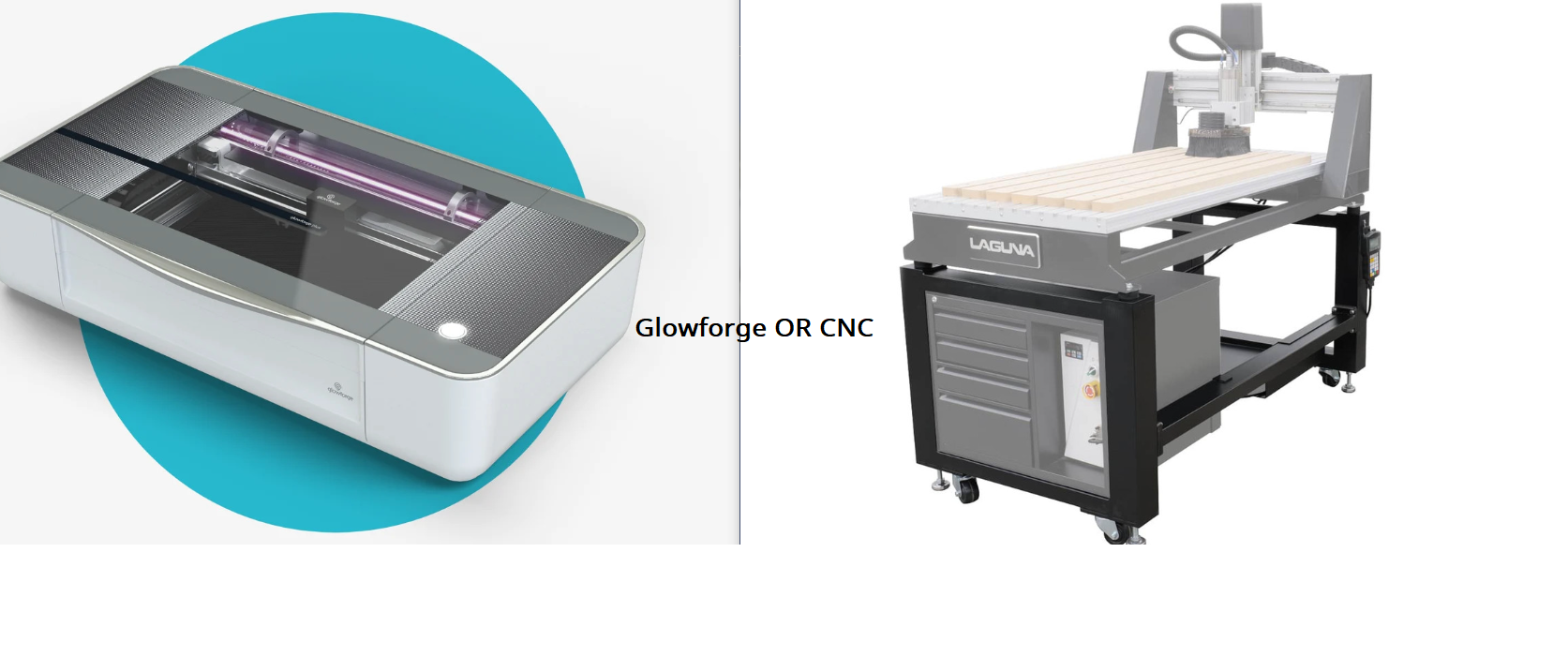
In the world of digital fabrication, two popular choices stand out for enthusiasts and professionals alike: the Glowforge laser cutter and CNC (Computer Numerical Control) machines. These tools offer precise cutting, engraving, and shaping capabilities for a wide range of materials. In this comprehensive comparison, we'll delve into the details of Glowforge machines and CNC machines, exploring their features, benefits, and limitations to help you make an informed decision for your specific needs.
Introduction
The world of digital fabrication has brought forth a plethora of innovative tools, and among them, the Glowforge and CNC machines have garnered significant attention. Each offers unique capabilities that cater to various applications, making them essential assets for hobbyists, artists, makers, and manufacturers. In this article, we will dissect the features, functionalities, and advantages of both Glowforge machines and CNC machines, aiming to guide you in selecting the right tool for your creative and production endeavors.
The Basics of Glowforge and CNC Machines
Before we delve deeper into the comparison, let's establish a fundamental understanding of what Glowforge and CNC machines are.
Glowforge Machines: Laser Cutting Precision
Glowforge machines are known for their laser cutting prowess. These devices utilize a focused laser beam to meticulously cut, engrave, and etch various materials with remarkable precision. The laser head, guided by computer numerical control, follows intricate patterns to deliver intricate designs and detailed cuts. Glowforge machines have gained popularity due to their user-friendly interfaces and the ability to work with a wide range of materials, from wood and acrylic to leather and fabric.
CNC Machines: Versatile Precision Machining
On the other hand, CNC machines, short for Computer Numerical Control machines, encompass a broader spectrum of capabilities. These machines are not limited to laser cutting; they can also perform milling, drilling, routing, and other subtractive manufacturing processes. CNC machines are equipped with various tools, such as router bits, drills, and cutting tools, that are controlled by a computer program. This versatility makes CNC machines suitable for tasks beyond laser cutting, including woodworking, metalworking, and prototyping.
Glowforge vs CNC Laser Cutters
Glowforge Machines:
- Laser Cutting Precision: Glowforge machines excel in intricate laser cutting, offering high levels of detail and accuracy for various materials.
- Ease of Use: With a user-friendly interface and cloud-based software, Glowforge machines are accessible to beginners and experienced users alike.
- Material Variety: Glowforge machines can work with a wide range of materials, including wood, acrylic, leather, and more.
CNC Laser Cutters:
- Versatility: While CNC laser cutters offer precise laser cutting capabilities, their primary advantage lies in their ability to perform a variety of other machining processes.
- Advanced Features: CNC machines often come with advanced features, such as tool changers and multi-axis movement, enhancing their overall versatility and functionality.
- Material Thickness: CNC laser cutters can handle thicker workpieces compared to some Glowforge models, making them suitable for projects that require substantial materials.
Laser Cutting Abilities
Glowforge Machines:
- Laser Cutting Detail: Glowforge excels in delivering intricate designs and fine details due to the precision of its laser beam.
- Speed: Depending on the material, Glowforge machines can offer fast laser cutting speeds for efficient production.
- Engraving: Glowforge machines also excel in engraving designs, logos, and artwork onto various surfaces.
CNC Laser Cutters:
- Precision and Speed: CNC laser cutters offer a balance between precision and speed, making them suitable for projects that require both accuracy and efficiency.
- Multi-Tool Capability: CNC machines can switch between various tools, allowing for not only laser cutting but also engraving, drilling, and more.
- Work Area: The work area of CNC laser cutters can often accommodate larger pieces compared to some Glowforge models.
Materials and Applications
Glowforge Machines:
- Wood Cutting: Glowforge machines are excellent for intricate wood cutting and engraving, making them popular among woodworking enthusiasts and artists.
- Laser Engraving: Glowforge machines can engrave intricate designs and patterns onto materials, adding a personalized touch to projects.
- Creativity: Glowforge's versatility allows for creative exploration, enabling users to experiment with various materials and designs.
CNC Laser Cutters:
- Metalworking: CNC machines, including laser cutters, are well-suited for metalworking tasks, including cutting and engraving various metals.
- Prototyping: The precision of CNC machines makes them ideal for rapid prototyping across a range of industries.
- Artistic Possibilities: CNC machines allow for intricate artistic expressions through precise carving and engraving on diverse materials.
Glowforge vs CNC Machine: Software and Control
Glowforge Machines:
- Cloud-Based Software: Glowforge machines operate using cloud-based software, enabling easy access and design adjustments from various devices.
- Printing and Cutting Command: Users can seamlessly switch between printing and cutting commands within the software program.
- User-Friendly Interface: Glowforge's software interface is designed to be intuitive, simplifying the design-to-production process.
CNC Machines:
- Computer Numerical Control: CNC machines are controlled through computer programs that dictate tool movement and operations.
- CAD Software Integration: CNC machines typically require users to create designs using Computer-Aided Design (CAD) software before transferring them to the machine.
- Customization: CNC machines allow for intricate programming and manual adjustments, providing a high degree of customization.
Glowforge Machines: Models and Features
Glowforge Basic:
- Cutting Speed: The Glowforge Basic model offers moderate cutting speeds suitable for various projects.
- Compact Design: With its smaller size, the Glowforge Basic is well-suited for hobbyists and small workshops.
- User-Friendly: The Glowforge Basic model is an excellent entry point for beginners due to its straightforward setup and operation.
Glowforge Pro:
- Advanced Features: The Glowforge Pro model boasts advanced features, including faster cutting speeds and enhanced cooling for longer cutting sessions.
- Industrial Grade Machine: With its enhanced performance, the Glowforge Pro is a suitable choice for small businesses and professional creators.
- Material Capability: The Glowforge Pro can handle thicker and denser materials, expanding its range of applications.
CNC Machines: Types and Configurations
CNC Routers:
- Material Versatility: CNC routers can work with various materials, including wood, plastic, foam, and non-ferrous metals.
- Glowforge vs CNC Router: CNC routers offer a wider range of capabilities beyond laser cutting, making them versatile tools for makers and manufacturers.
- 3D Laser Printing: Some CNC routers have the ability to perform 3D laser printing, adding another layer of creativity to the production process.
Glowforge vs CNC Machine: Pros and Cons
Glowforge Pros:
- Ease of Use: Glowforge machines are known for their user-friendly setup and operation, making them accessible to beginners.
- Laser Engraving: The precise laser beam of Glowforge machines allows for intricate engraving and detailing.
- Design Flexibility: Glowforge machines enable users to experiment with a variety of designs and materials for creative projects.
Glowforge Cons:
- Material Thickness: Some Glowforge models may have limitations when it comes to cutting thicker materials.
- Cutting Speed: While suitable for many projects, the cutting speed of Glowforge machines might be slower compared to some CNC models.
- Industrial Use: Glowforge machines might not be as well-suited for heavy-duty industrial applications as certain CNC machines.
CNC Machine Pros:
- Versatility: CNC machines, including laser cutters, offer a wide range of capabilities beyond laser cutting alone.
- Material Diversity: CNC machines can work with various materials, making them ideal for diverse projects.
- Customization: CNC machines allow for precise customization and manual adjustments, offering control over the manufacturing process.
CNC Machine Cons:
- Learning Curve: Operating CNC machines can have a steeper learning curve, especially for beginners new to computer programming and machining.
- Space Requirement: CNC machines, particularly larger models, may require more workspace compared to compact Glowforge machines.
- Cost: CNC machines, with their diverse capabilities, may come at a higher initial cost compared to Glowforge models.
Performance and Output Quality
Glowforge Machines:
- Detail and Precision: Glowforge machines excel in delivering intricate designs with exceptional detail and precision.
- Cutting Speed: Depending on the material and design complexity, Glowforge machines can offer competitive cutting speeds.
- Engraving Quality: Glowforge machines produce high-quality engravings with fine details and sharp contrast.
CNC Machines:
- Accuracy: CNC machines are renowned for their accuracy and consistency in producing intricate designs.
- Speed and Efficiency: CNC machines can achieve rapid production speeds while maintaining excellent output quality.
- Surface Finish: CNC machines offer smooth surface finishes on various materials, enhancing the overall aesthetics of the final product.
Material Handling and Size Considerations
Glowforge Machines:
- Material Size: The Glowforge's compact design may limit the maximum size of materials that can be used.
- Pass-Through Feature: Some Glowforge models offer a pass-through feature for longer materials, expanding the range of projects.
- Material Thickness: Glowforge machines may have limitations when it comes to cutting thicker materials.
CNC Machines:
- Workspace Size: CNC machines are available in various sizes, offering flexibility in handling materials of different dimensions.
- Material Thickness: CNC machines can handle thicker workpieces, making them suitable for projects requiring substantial materials.
- Pass-Through Capability: Many CNC routers feature a pass-through capability, allowing for processing longer materials.
Connectivity and Control Options
Glowforge Machines:
- Internet Connection: Glowforge machines require a stable internet connection for software updates and design transfers.
- Cloud-Based Control: Glowforge machines are controlled through cloud-based software accessible from different devices.
- Design Flexibility: Users can easily adjust and customize designs using the cloud-based software before sending them to the machine.
CNC Machines:
- Direct Control: CNC machines are often controlled directly from a connected computer, providing real-time monitoring and adjustment.
- CAD Software: Designs are typically created in Computer-Aided Design (CAD) software and translated into machine-readable code.
- Offline Operation: Some CNC machines offer offline operation options, allowing for greater flexibility in remote locations.
Material Compatibility and Cutting Abilities
Glowforge Machines:
- Wood and Acrylic: Glowforge machines excel in cutting and engraving wood and acrylic materials with precision.
- Leather and Fabric: These machines are also suitable for working with materials like leather and fabric, enabling intricate designs.
- Limitations: Glowforge machines may have limitations when it comes to cutting thick wooden plates or dense metals.
CNC Machines:
- Diverse Materials: CNC machines can cut and engrave various materials, including wood, plastic, metal, and composite materials.
- Cutting Thick Materials: CNC machines can handle thicker materials, making them suitable for cutting thick wooden plates and metal sheets.
- Complex Geometries: CNC machines can produce intricate cuts and shapes, allowing for the creation of complex geometries.
Glowforge vs CNC: Use Cases and Industries
Glowforge Machines:
- Art and Design: Glowforge machines are popular among artists and designers for creating intricate artworks and customized designs.
- Prototyping: These machines are suitable for prototyping small-scale products and designs in various industries.
- Personalization: Glowforge machines can add personalized engravings and designs to a wide range of items, making them popular in gift and customization businesses.
CNC Machines:
- Manufacturing: CNC machines play a crucial role in manufacturing processes, producing precise parts and components.
- Engineering: CNC machines are used in engineering industries for rapid prototyping, testing, and production of functional parts.
- Furniture Production: CNC routers are commonly used in woodworking and furniture production, creating intricate designs and shapes.
Maintenance and Support
Glowforge Machines:
- Basic Maintenance: Glowforge machines require routine cleaning and maintenance, such as cleaning the laser head and ensuring proper ventilation.
- Technical Support: Glowforge offers customer support for technical issues and inquiries related to machine operation.
CNC Machines:
- Regular Maintenance: CNC machines require regular maintenance, including lubrication, tool calibration, and checking for wear and tear.
- Technical Expertise: Operating and maintaining CNC machines may require a higher level of technical expertise and familiarity with machining processes.
Glowforge vs CNC Machine: Cost Considerations
Glowforge Machines:
- Affordability: Glowforge machines are generally more affordable, making them accessible to a wide range of users.
- Model Variation: Glowforge offers different models with varying features and capabilities, allowing users to choose based on their budget and requirements.
- Material Costs: The cost of materials for Glowforge machines can vary based on the type and quantity of materials used.
CNC Machines:
- Initial Investment: CNC machines typically have a higher initial cost due to their advanced capabilities and versatility.
- Long-Term Value: Despite the higher upfront cost, CNC machines can offer long-term value and cost savings through their diverse capabilities.
- Material and Tool Costs: CNC machines may also have associated material and tool costs, which should be factored into the overall budget.
Glowforge vs CNC Machine: Suitability for Small Businesses
Glowforge Machines:
- Small-Scale Production: Glowforge machines are suitable for small businesses looking to create customized products and prototypes.
- Personalization: The ability to add personalized engravings and designs makes Glowforge machines appealing to businesses focused on unique offerings.
- Limited Volume: Glowforge machines may have limitations in terms of production volume compared to certain CNC models.
CNC Machines:
- Batch Production: CNC machines are well-suited for small businesses engaged in batch production of parts and components.
- Material Variety: The ability to work with various materials allows small businesses to diversify their product offerings.
- Complex Projects: CNC machines are ideal for small businesses that require intricate cuts, engravings, and detailed designs.
Glowforge vs CNC Machine: Which One Should You Choose?
Factors to Consider:
- Application: Consider the specific tasks and projects you intend to undertake, whether it's laser cutting, engraving, or other machining processes.
- Material: Evaluate the types of materials you plan to work with, including their thickness and compatibility with each machine.
- Budget: Assess your budget constraints and compare the initial investment, operating costs, and potential long-term value of each option.
- Workspace: Consider the available workspace and whether the machine's size and requirements align with your workshop or studio.
- Versatility: Determine whether you require laser cutting exclusively or need a machine with additional capabilities, such as milling and routing.
- Learning Curve: Take into account your familiarity with CNC programming and laser cutting processes, as this can influence your choice.
Conclusion
In the realm of digital fabrication, both Glowforge machines and CNC machines have carved out significant niches. The choice between the two ultimately depends on your specific needs, budget, and the type of projects you wish to undertake. Glowforge machines offer a user-friendly entry point with their laser cutting and engraving capabilities, while CNC machines provide versatility and precision for a broader range of machining processes. Whether you're a hobbyist, artist, small business owner, or industrial manufacturer, understanding the strengths and limitations of each option will guide you towards making an informed decision that aligns with your creative and production goals.
- Cricut Hat Press: A Comprehensive Guide on Usage - August 13, 2023
- Unlocking Creativity with the Cricut Joy: A Comprehensive Guide - August 12, 2023
- The Ultimate Guide to the Cricut Maker Bundle - August 11, 2023

